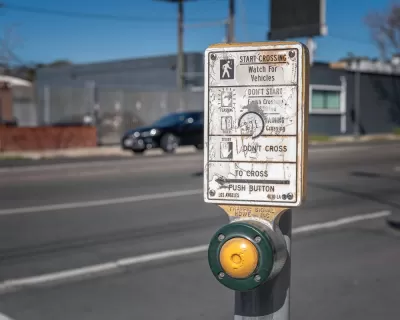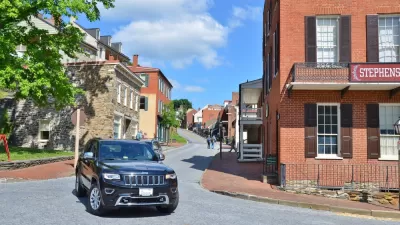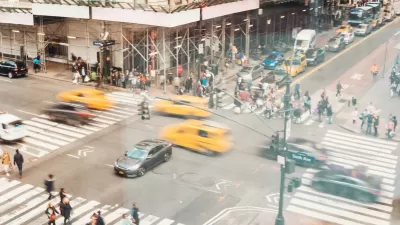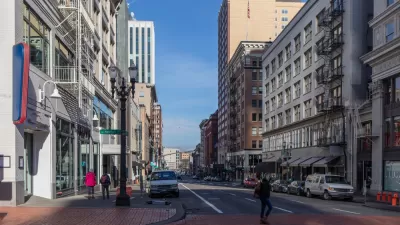Communities of color have significantly higher rates of traffic fatalities, according to federal research.

New federal data from the National Highway Traffic Safety Administration (NHTSA) reveals “significant disparities” in traffic fatalities between racial and ethnic groups in the United States, according to an article by Dan Rosenbaum in Smart Cities Dive.
Research undertaken in 2022, the first of its kind to examine “traffic safety in the context of race and ethnicity,” found that traffic deaths per 100,000 varied from 10.92 for White people to 24.75 for American Indian or Alaska Native people. Pedestrian deaths showed even stronger disparities: “In 2018, the pedestrian fatality rate for American Indian or Alaska Native people was 3.42 times the rate for White people; for Black people, it was 1.97 times the rate for White people. Asian pedestrians died at slightly more than half the rate of White pedestrians.”
The NHTSA did not offer an answer for why these disparities exist, but infrastructure—or the lack thereof in historically disinvested neighborhoods—could be a factor.
Shannon Hughes, a deputy regional administrator for NHTSA, said reducing traffic fatalities starts with a “safe system approach” that acknowledges the potential for human error and focuses on safe infrastructure that minimizes risk for all road users. “DOT’s safe system approach calls not just for safer drivers and pedestrians, but for safer road and vehicle design, reduced speeds and better post-crash care.”
FULL STORY: Racial and ethnic disparities in traffic deaths revealed in NHTSA report

Alabama: Trump Terminates Settlements for Black Communities Harmed By Raw Sewage
Trump deemed the landmark civil rights agreement “illegal DEI and environmental justice policy.”

Planetizen Federal Action Tracker
A weekly monitor of how Trump’s orders and actions are impacting planners and planning in America.

The 120 Year Old Tiny Home Villages That Sheltered San Francisco’s Earthquake Refugees
More than a century ago, San Francisco mobilized to house thousands of residents displaced by the 1906 earthquake. Could their strategy offer a model for the present?

In Both Crashes and Crime, Public Transportation is Far Safer than Driving
Contrary to popular assumptions, public transportation has far lower crash and crime rates than automobile travel. For safer communities, improve and encourage transit travel.

Report: Zoning Reforms Should Complement Nashville’s Ambitious Transit Plan
Without reform, restrictive zoning codes will limit the impact of the city’s planned transit expansion and could exclude some of the residents who depend on transit the most.

Judge Orders Release of Frozen IRA, IIJA Funding
The decision is a victory for environmental groups who charged that freezing funds for critical infrastructure and disaster response programs caused “real and irreparable harm” to communities.
Urban Design for Planners 1: Software Tools
This six-course series explores essential urban design concepts using open source software and equips planners with the tools they need to participate fully in the urban design process.
Planning for Universal Design
Learn the tools for implementing Universal Design in planning regulations.
Clanton & Associates, Inc.
Jessamine County Fiscal Court
Institute for Housing and Urban Development Studies (IHS)
City of Grandview
Harvard GSD Executive Education
Toledo-Lucas County Plan Commissions
Salt Lake City
NYU Wagner Graduate School of Public Service





























